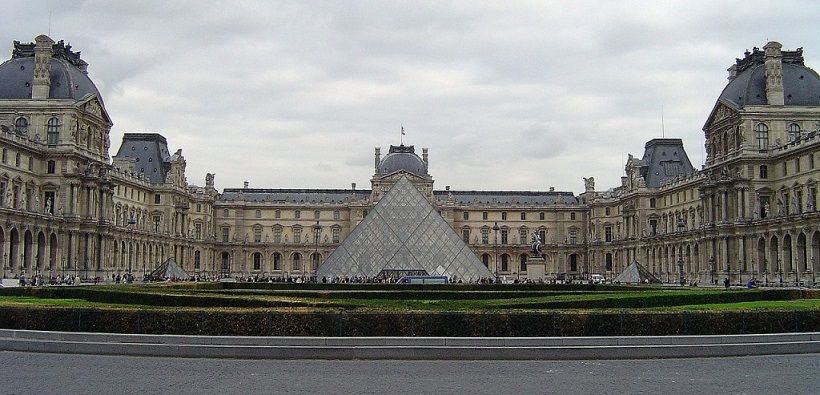Education System in France
The French education system consists of three stages: primary education, secondary education, and higher education.
Primary Education
From the age of six, all children must enroll in the school. Primary school consists of five years of study, from the age 6 to 11.
Secondary Education
After primary school, students move to secondary school, which is divided into two stages:
- The collège (middle school), is composed of four years of study, for students ages 11 to 15. Students receive a :brevet des collèges" upon its completion.
- The lycée (high school) for the final three years of secondary education. Then students take examination to receive the baccalauréat (bac) qualification (high school diploma).
Higher Education
After high school, students choose either a vocational diploma or an academic diploma.
Vocational Diploma
The DUT (diplôme universitaire de technologie) and BTS (brevet de technicien supérieur) are two-year technology-oriented degrees.
BTS courses are offered by high schools, whereas DUT are awarded by universities. A DUT or BTS may be followed by one additional qualifying year of study, leading to a "licence professionnelle".
Academic Diploma
There are three types of higher education institutions in France: universities, Grandes écoles, and specialized schools.
- Universities: Universities are public institutions that offer academic, technical, and professional degrees to any student who has obtained a "baccalauréat" or its foreign equivalent.
- Grandes écoles: "Grandes écoles" are selective public and private institutions. They are similar to universities, but typically offer a more specialized three-year course of study, in subjects such as engineering, business, or public administration.
- Specialized schools: Specialized schools are public or private institutions that train students for professional careers in specific fields, such as art, architecture, social work, or tourism.
